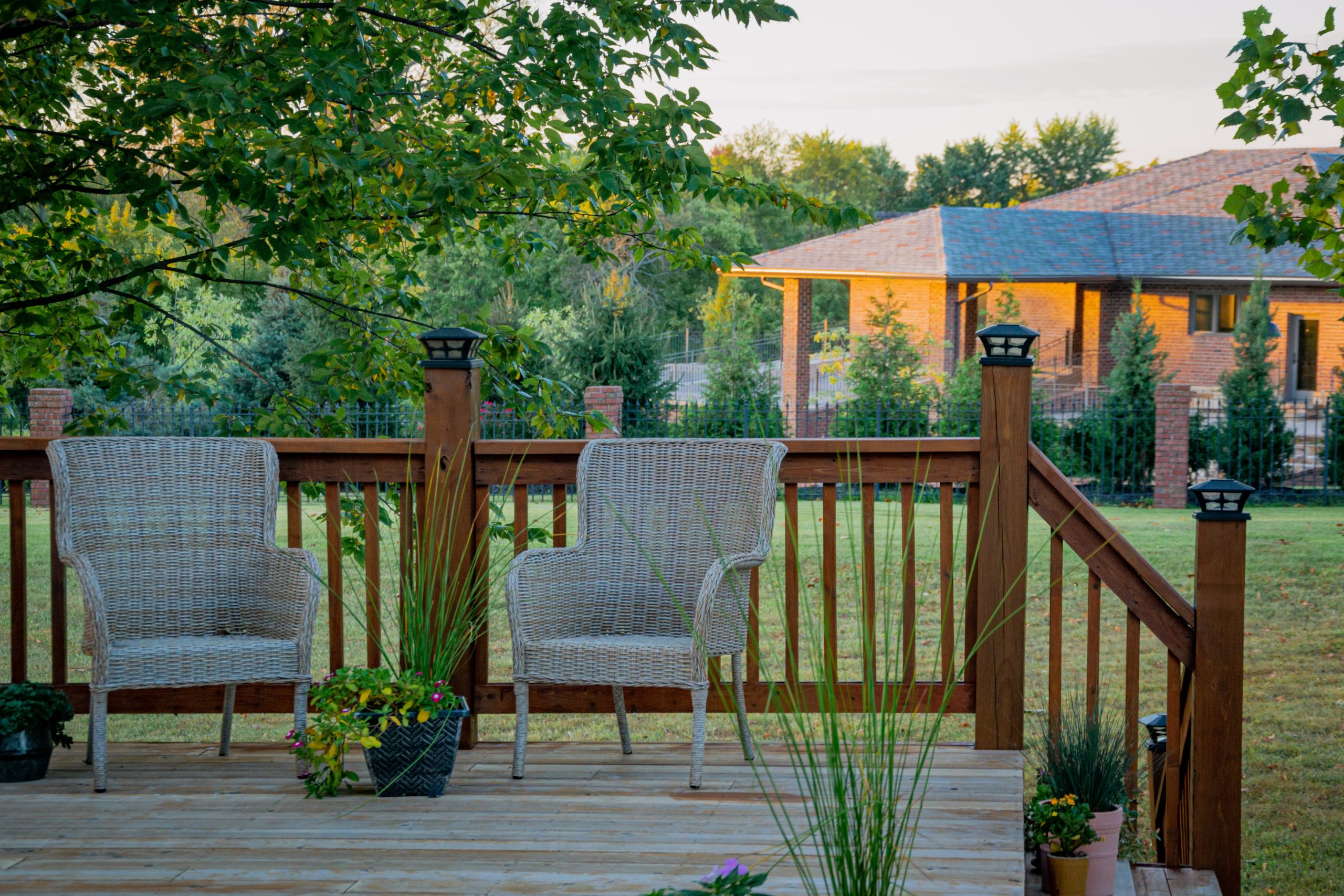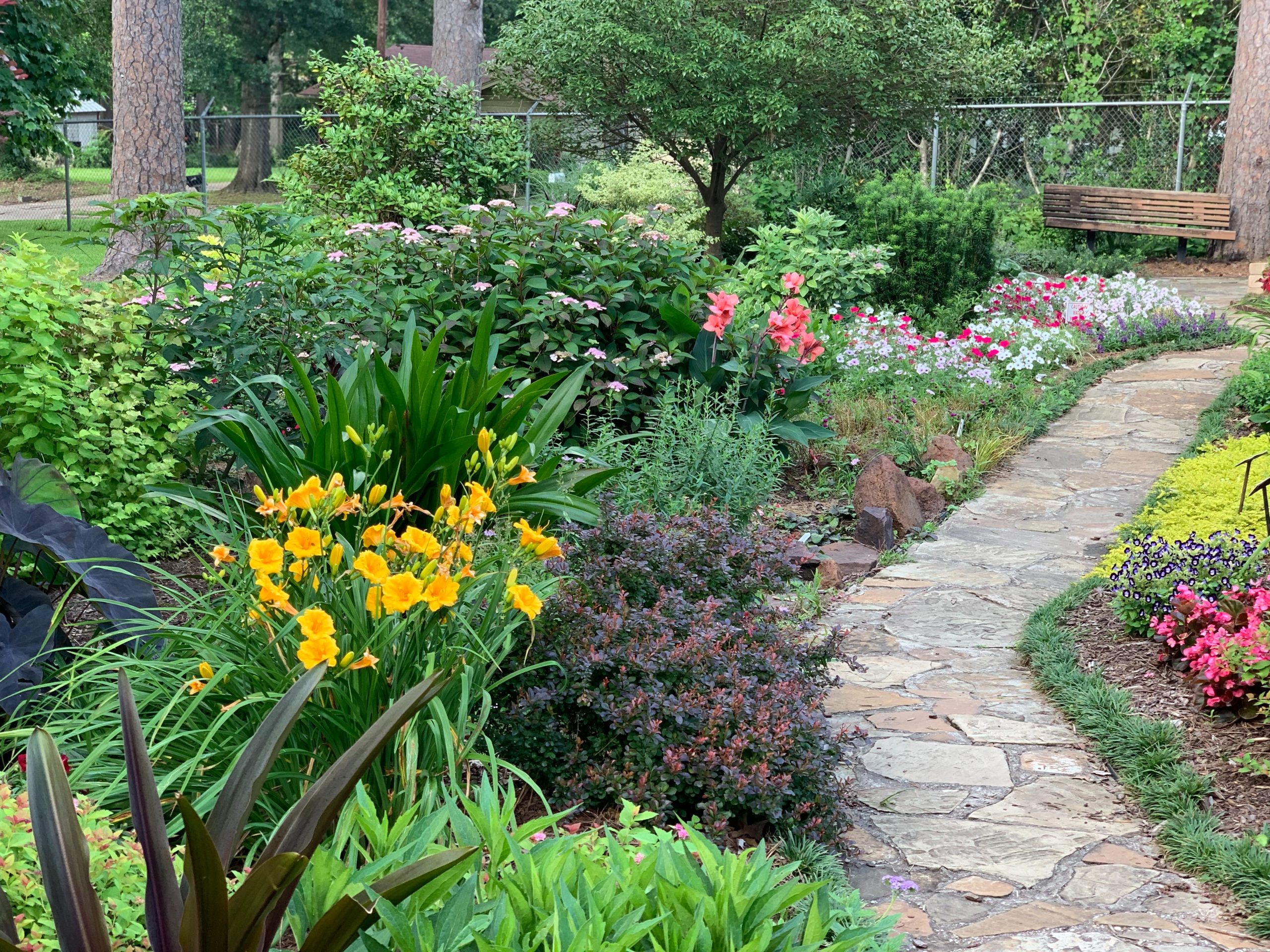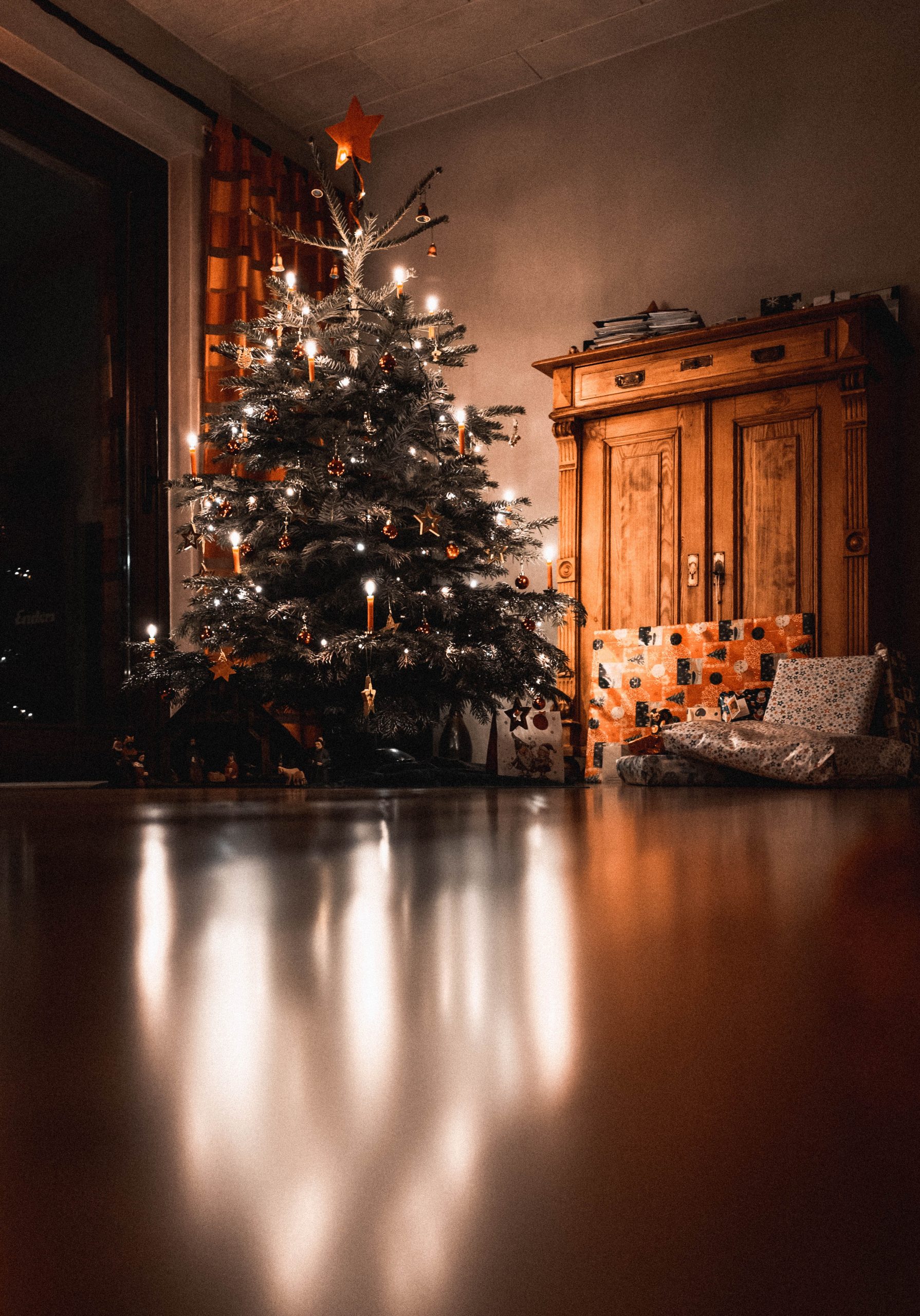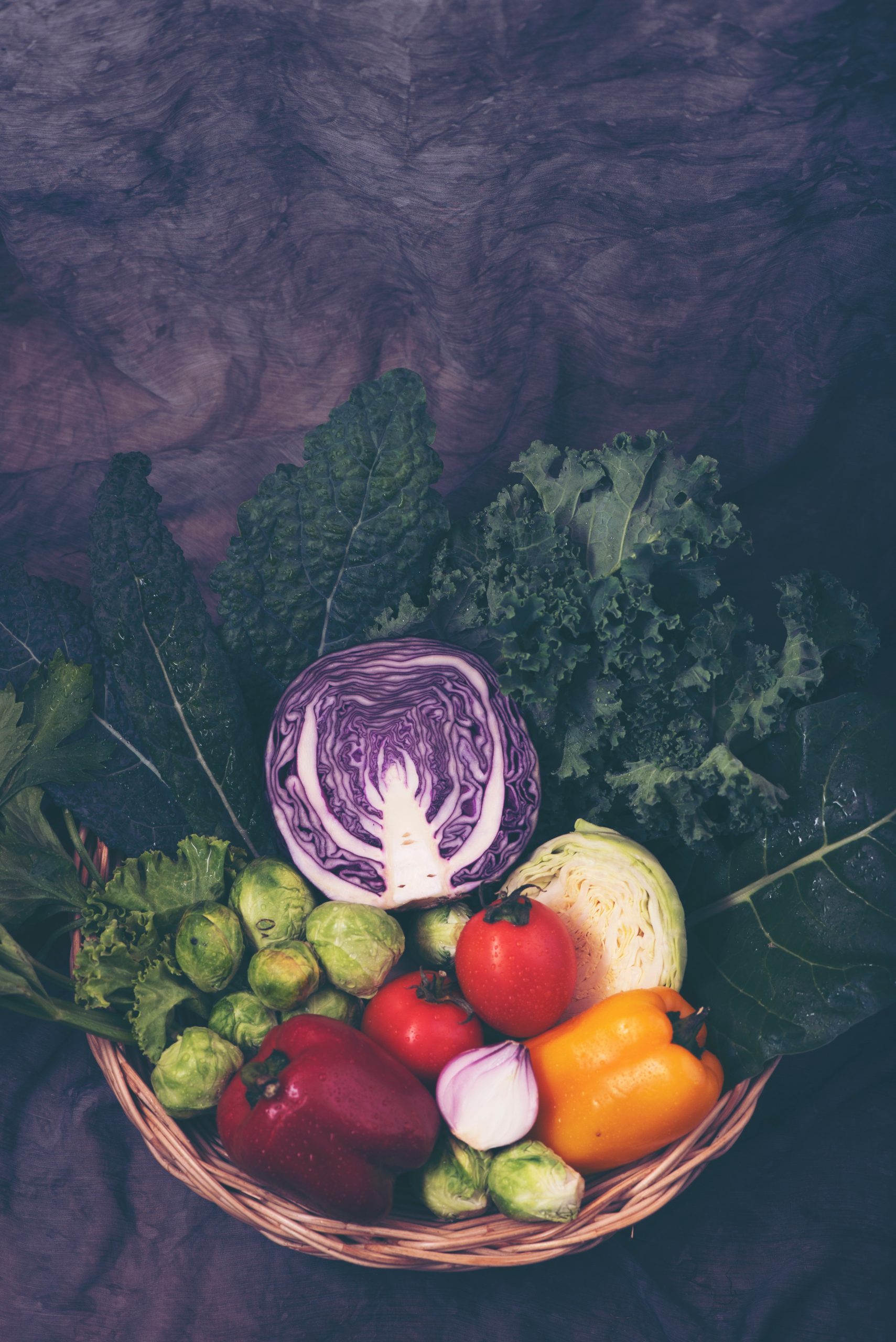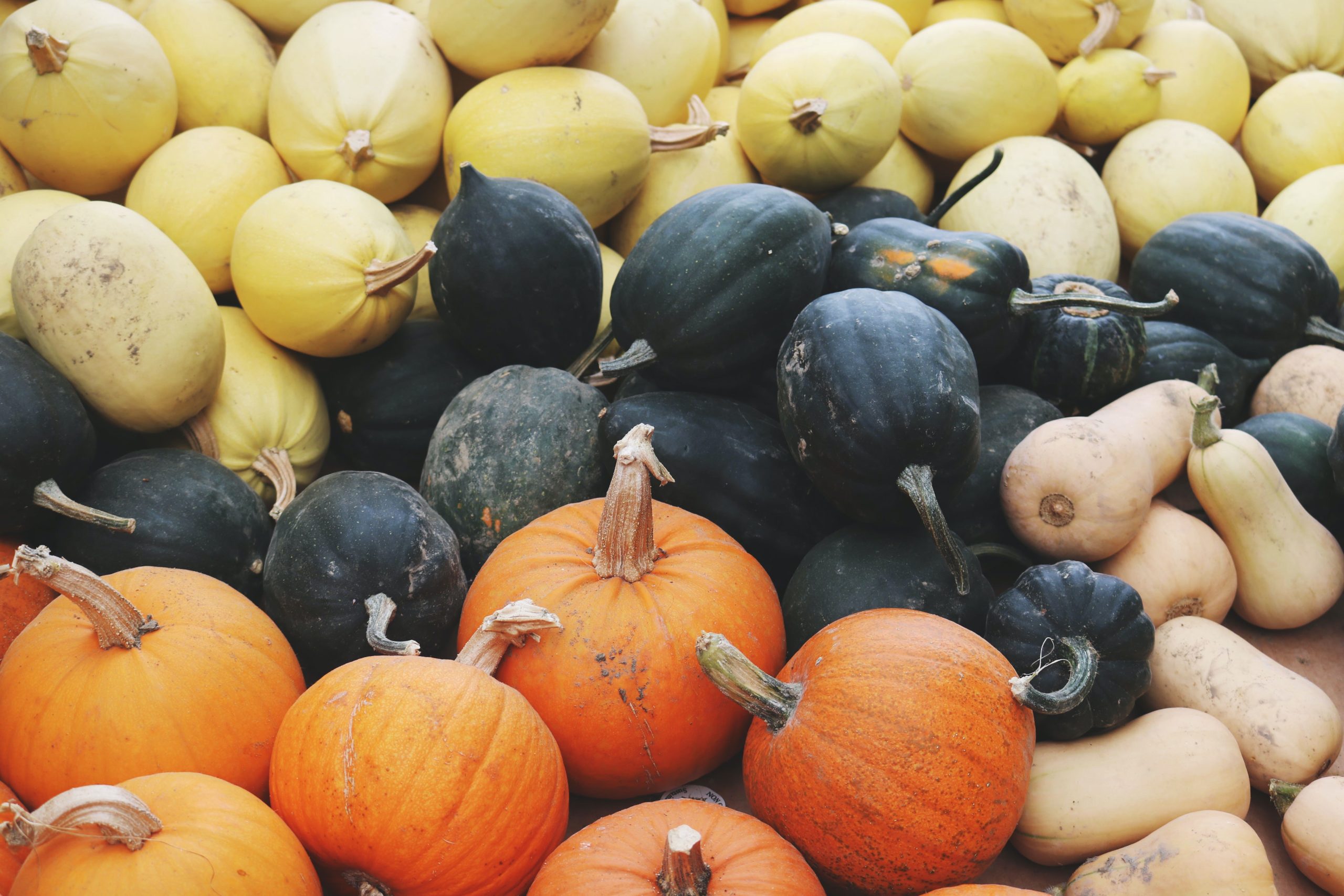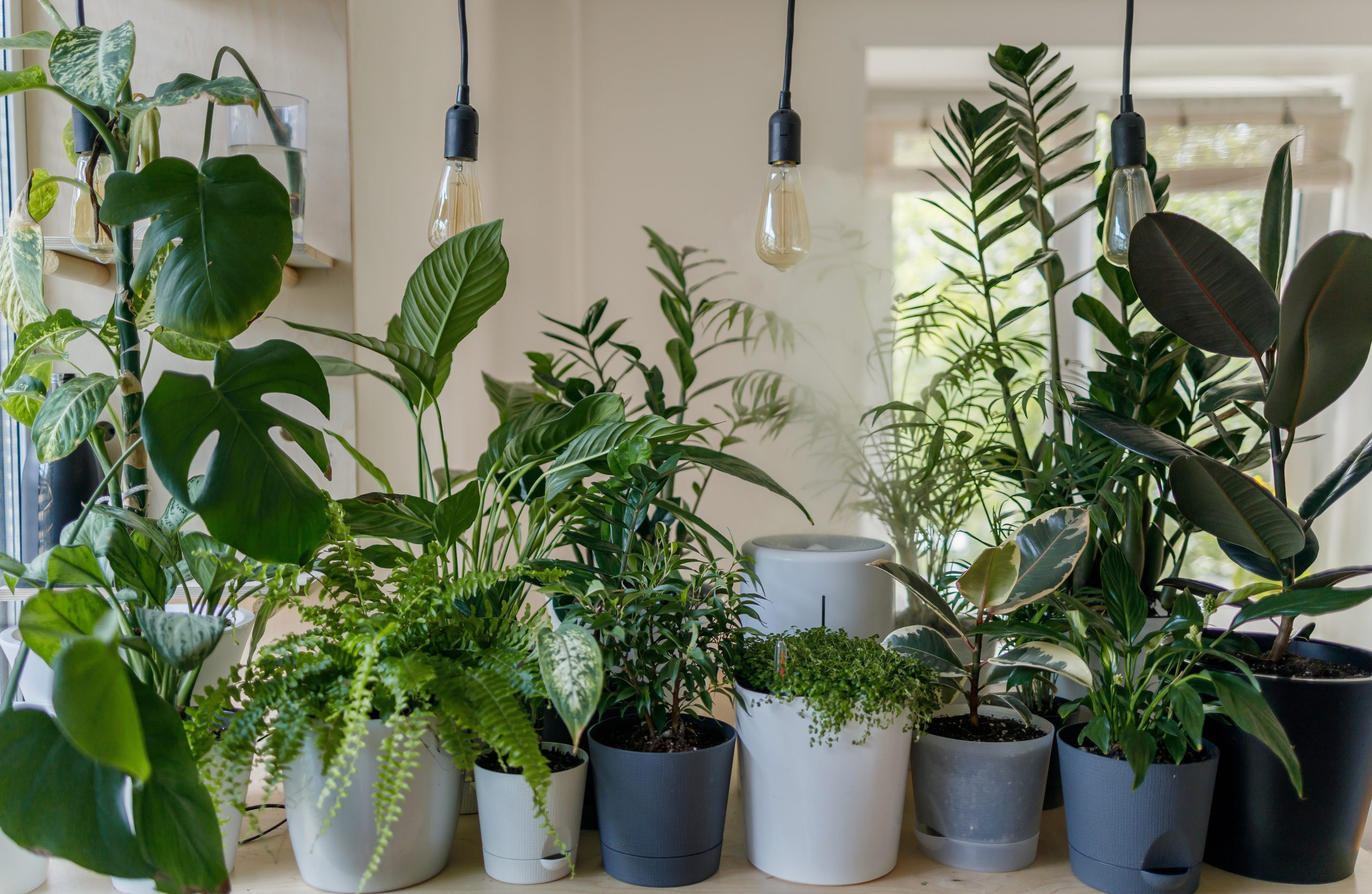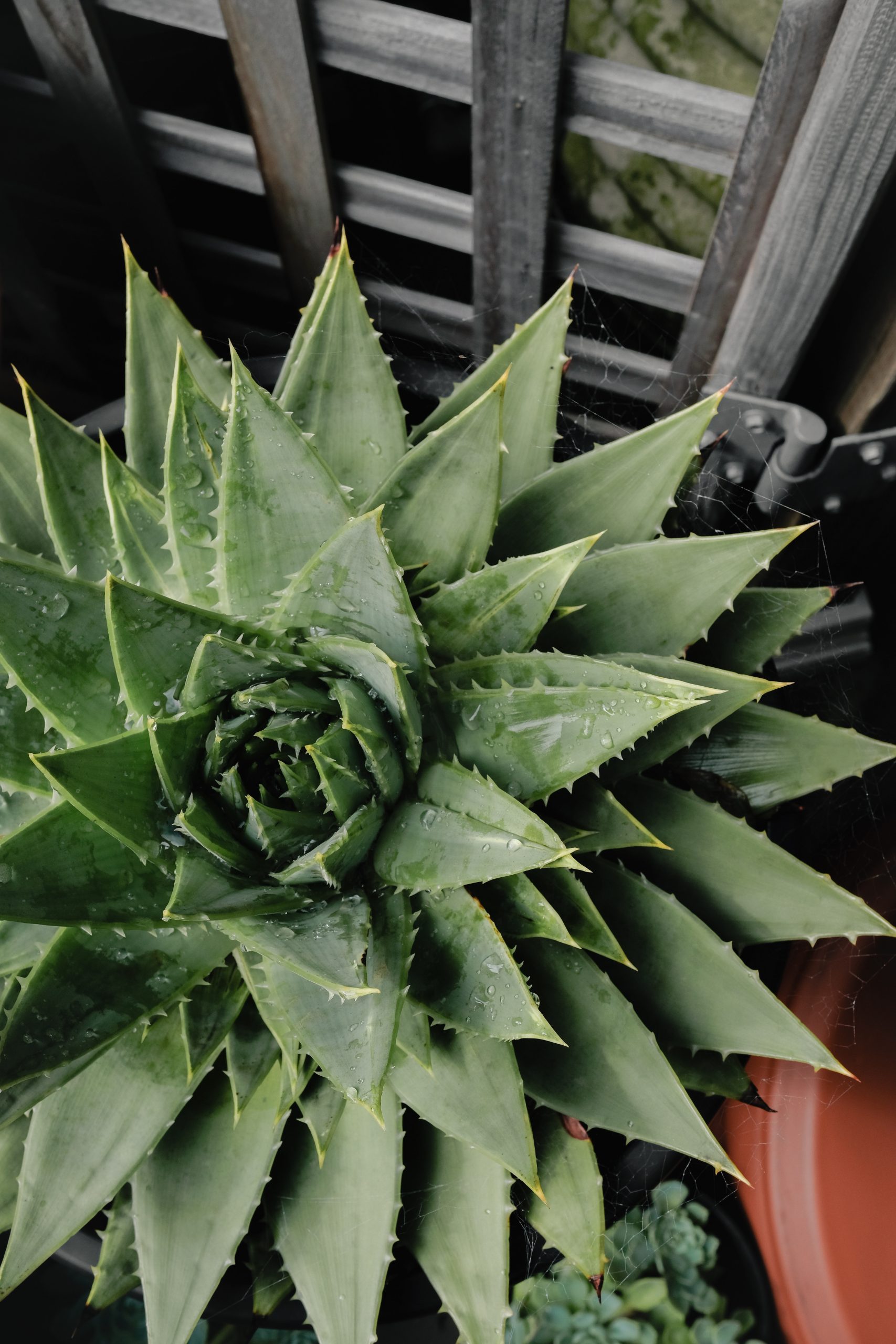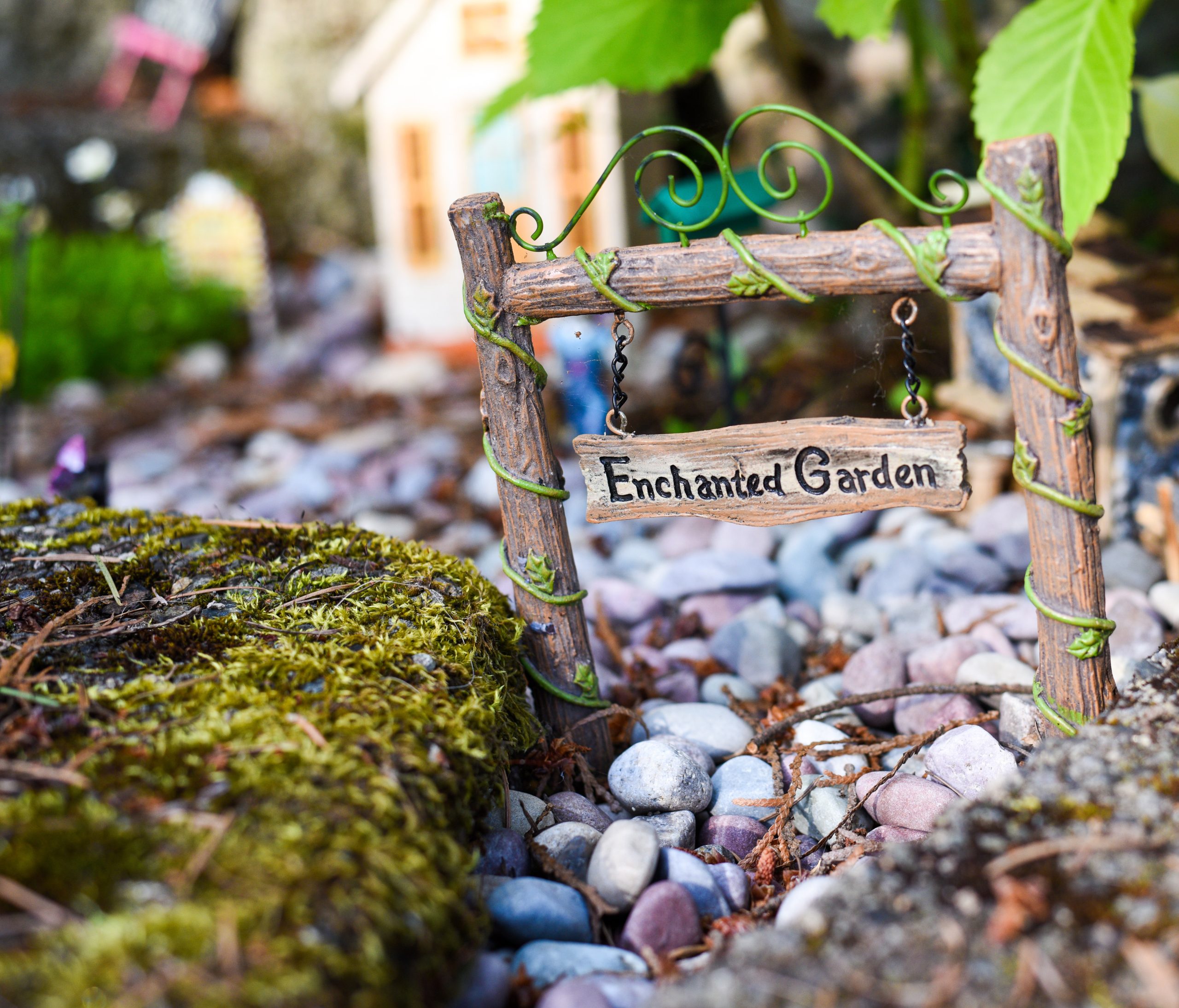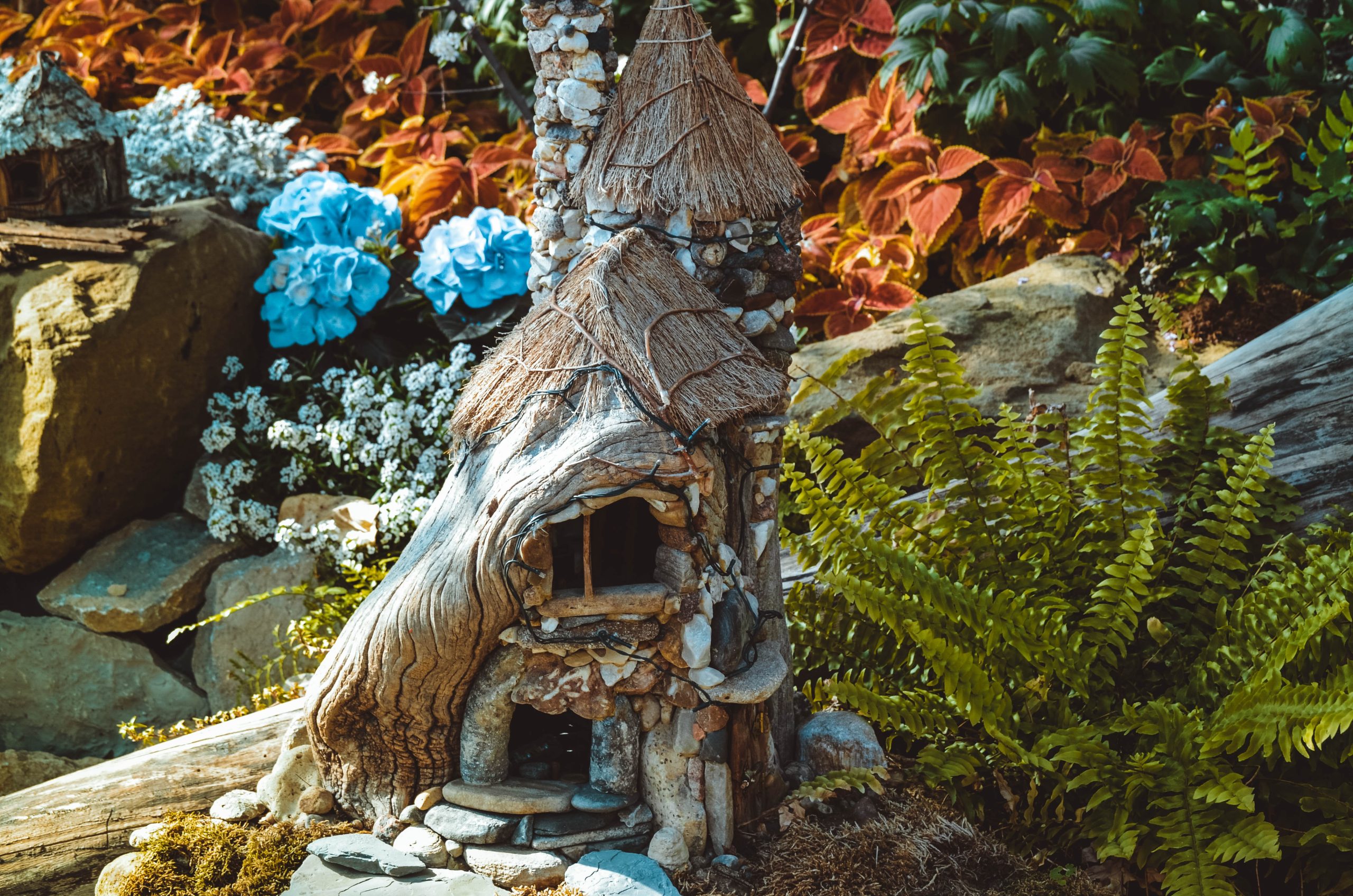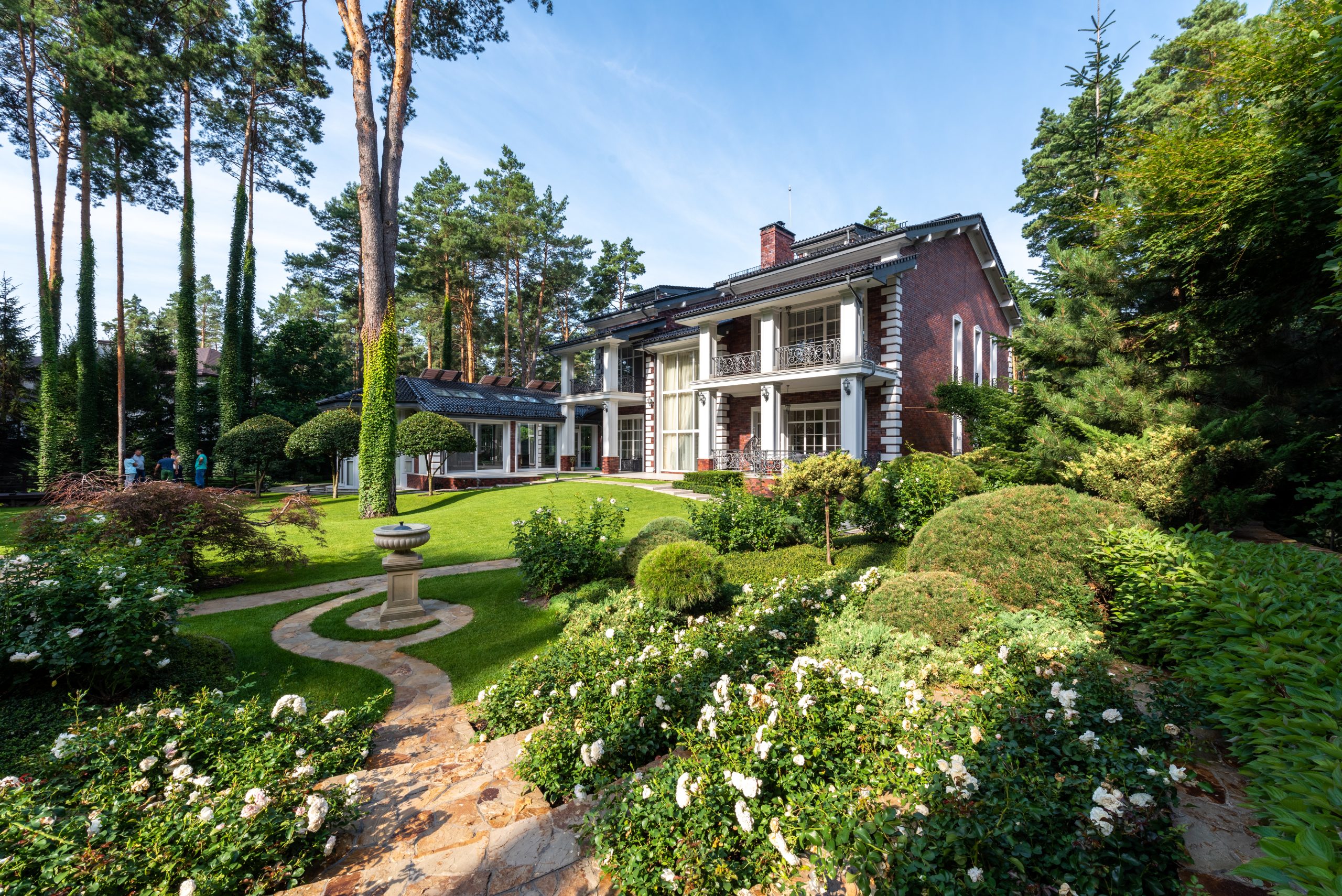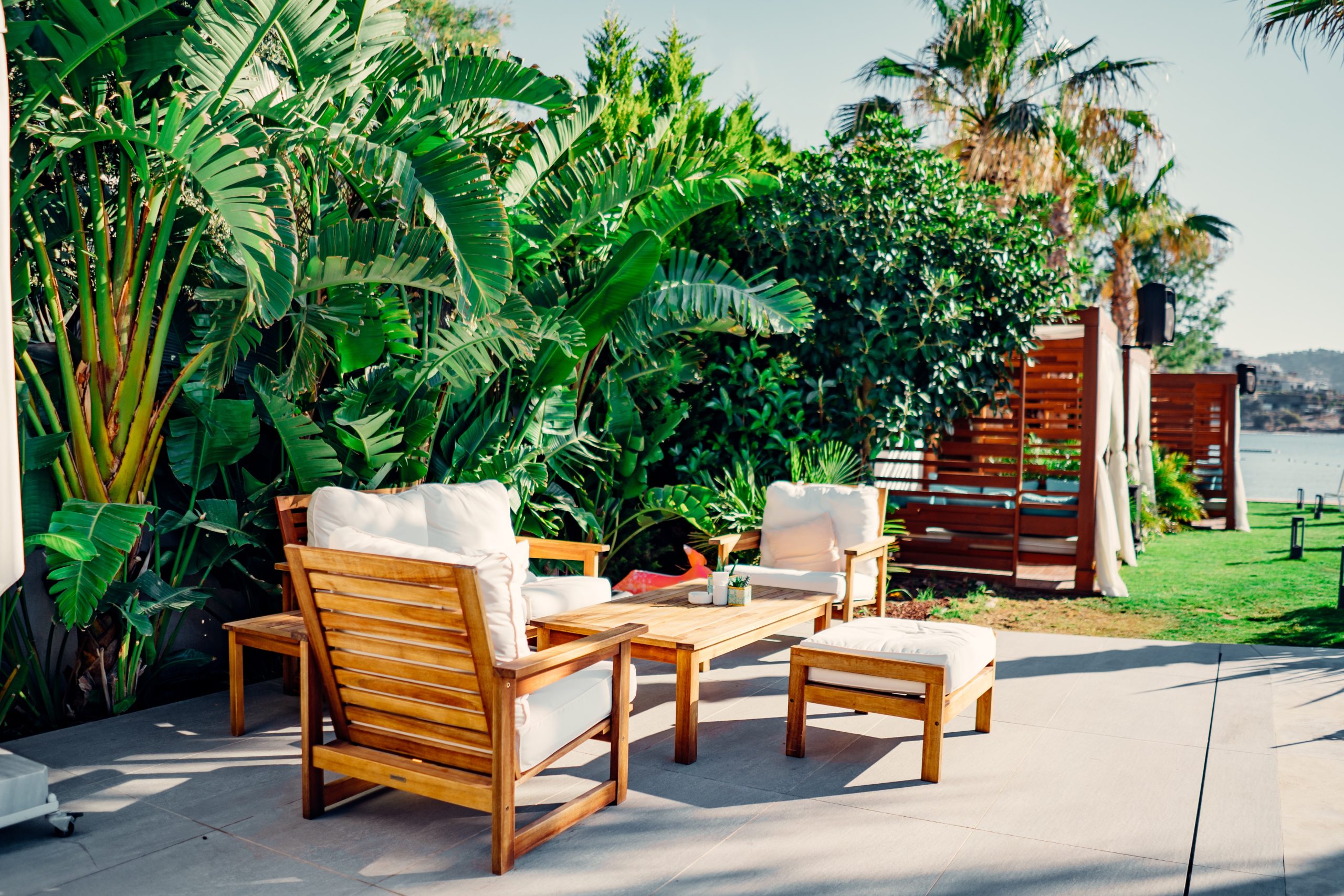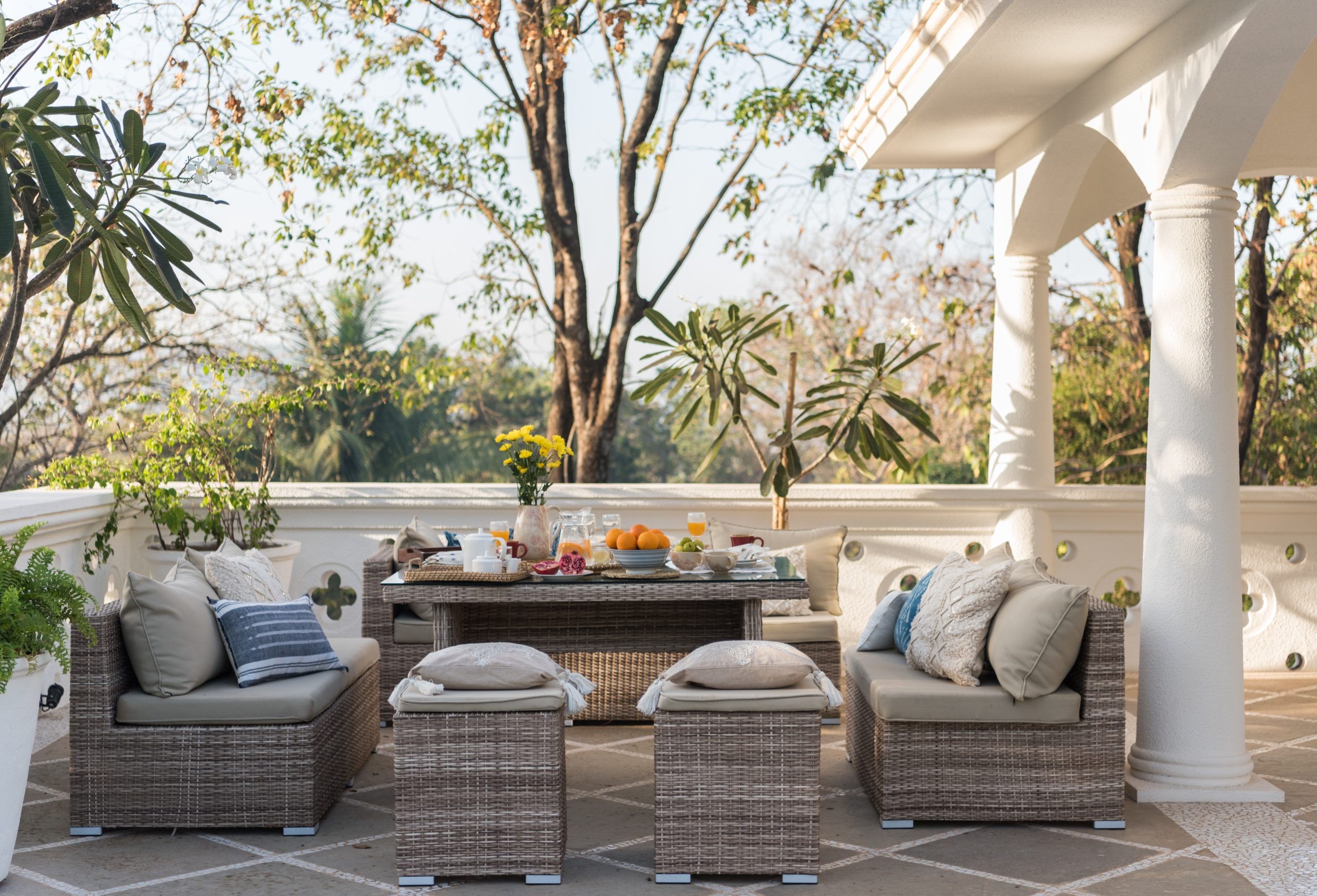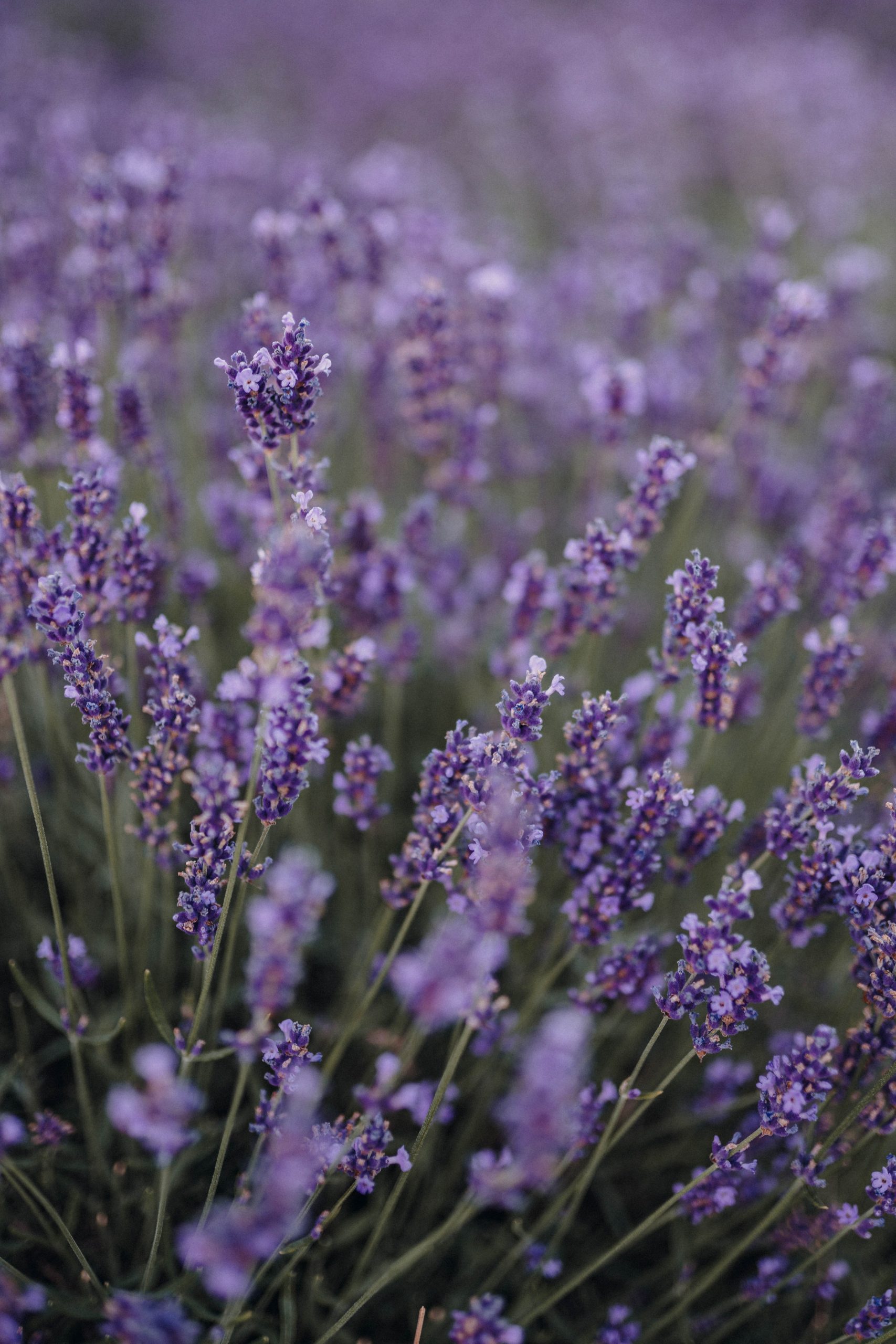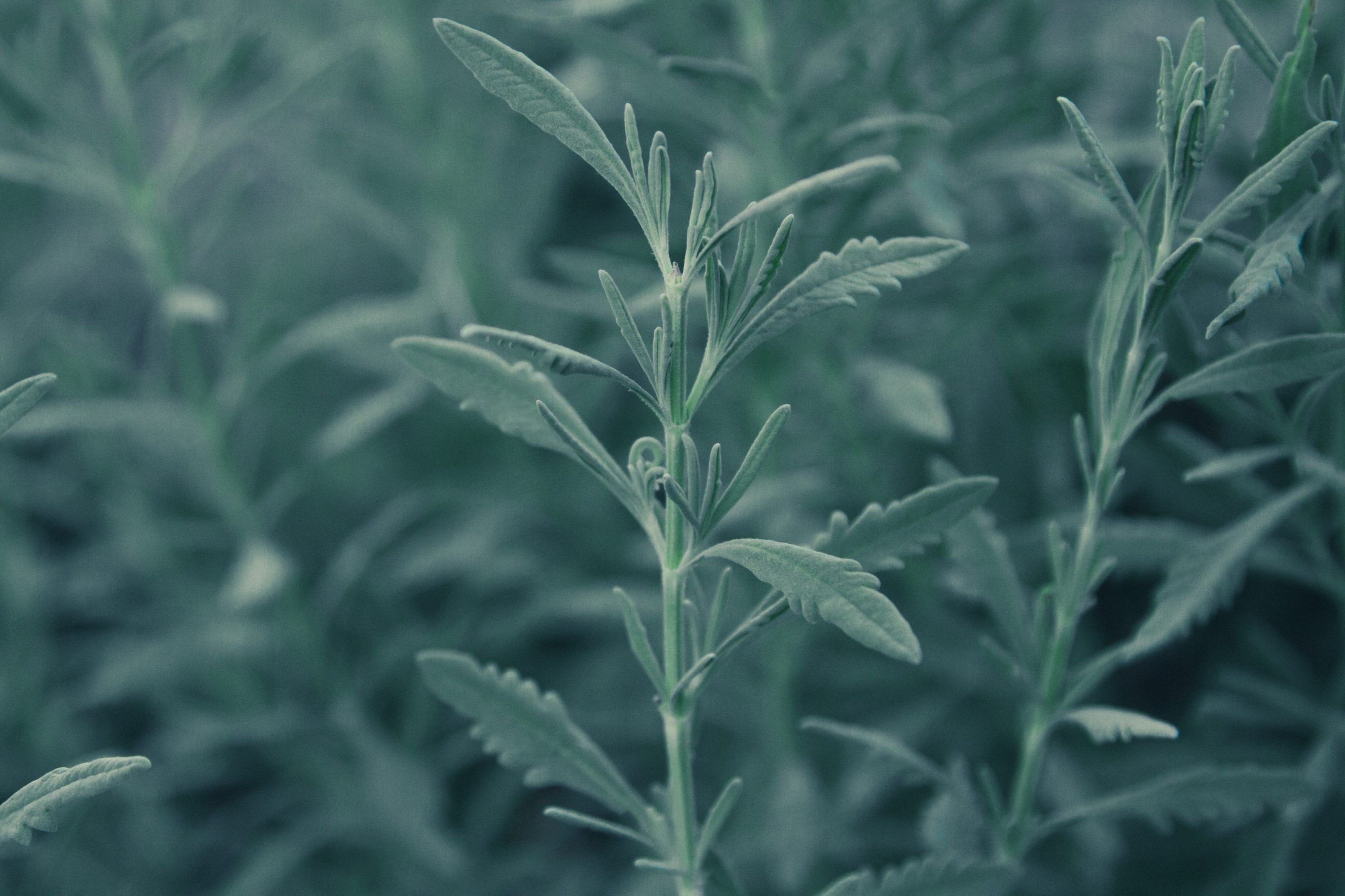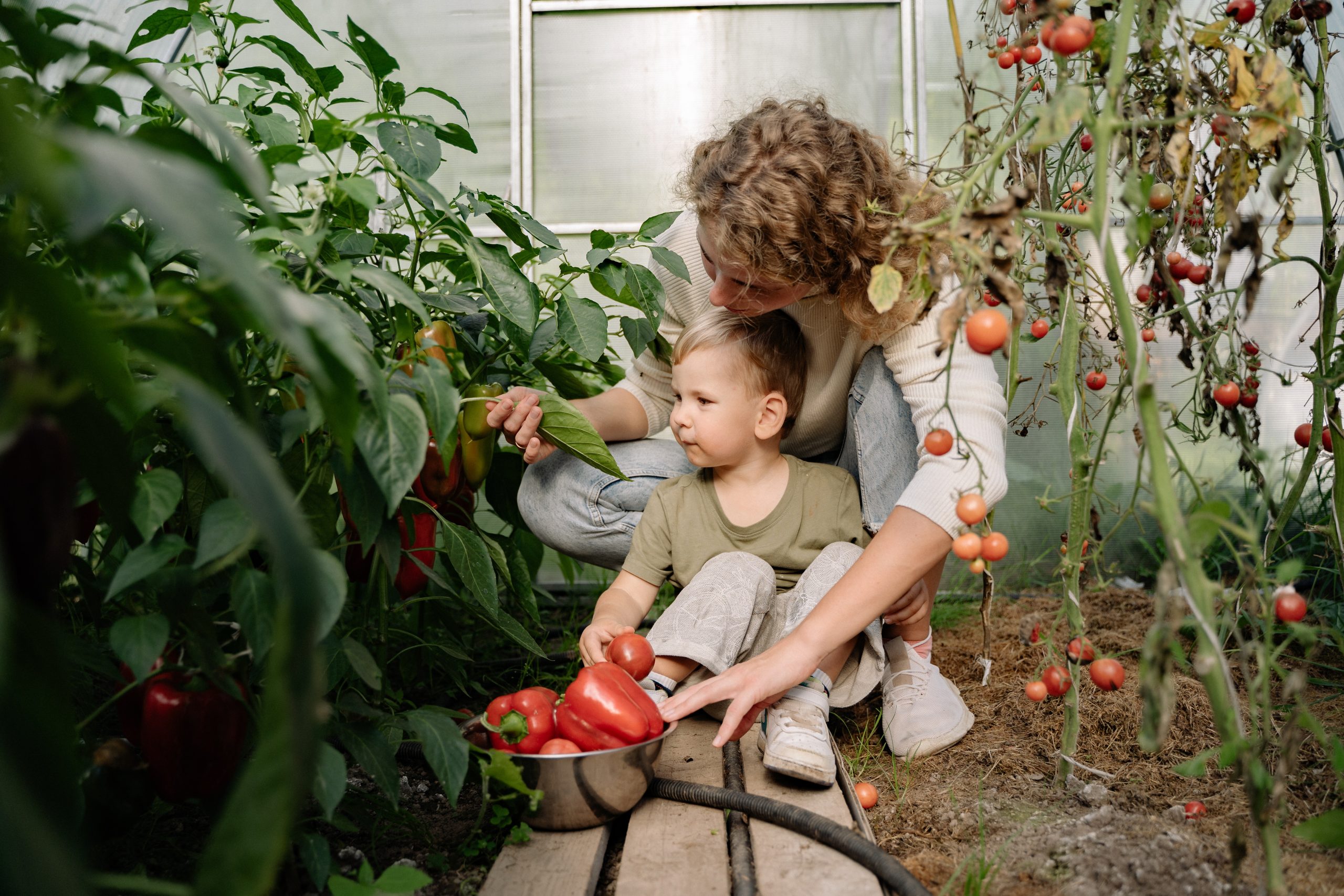The greenest of yards in the spring are made in the winter. Spring will be here before you know it! Are you ready? If you haven’t started already, now is the time to start prepping your yard for the spring. Start preparing your lawn now to make sure it looks great all spring long!
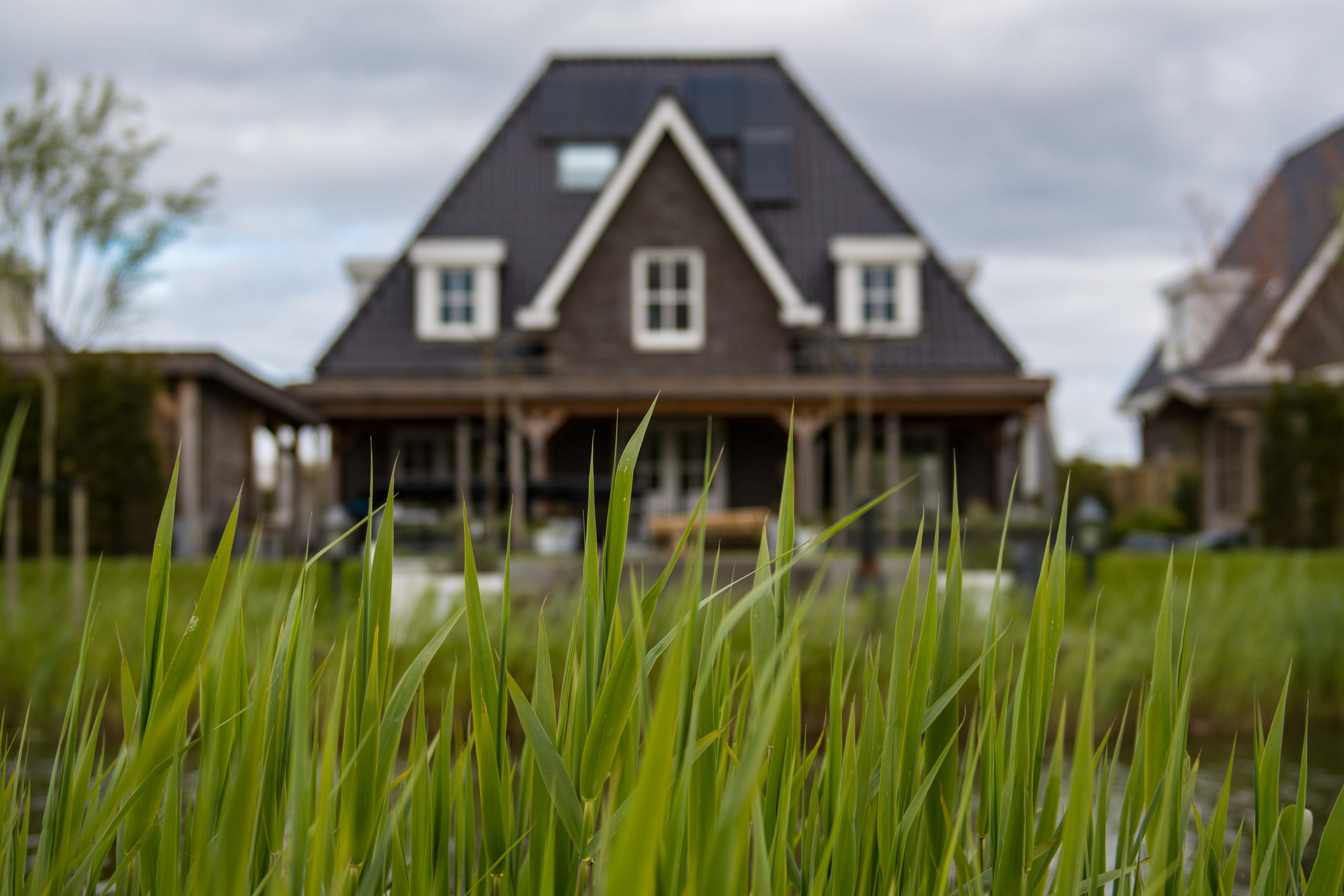
Here are some things you can do to prepare your yard for spring:
- Clear out debris and plant matters
- Cover all of your shrubs and plants with a frost covering, and be sure to remove the frost covering once chance for frosting has passed
- Apply a generous layer of compost over any garden soil to increase fertility levels and improve water retention
- Cover the ground with an inch or two of mulch to protect any plants from freezing
- Right now and early spring is a perfect time to get any weeds under control before they take over
- Plant any winter-hardy vegetables so they’re ready to harvest in the spring
- Get your soil tested to be sure you know how to improve the soil structure as much as possible
- Prune all your shrubs and trees
- Clean your gutters of any fallen leaves
- Add some new plants so they’re ready for spring
- Aerate your lawn closer to the end of winter after chance of frost is completely gone, this will help increase airflow and improve drainage
- Be sure your irrigation system is in top shape
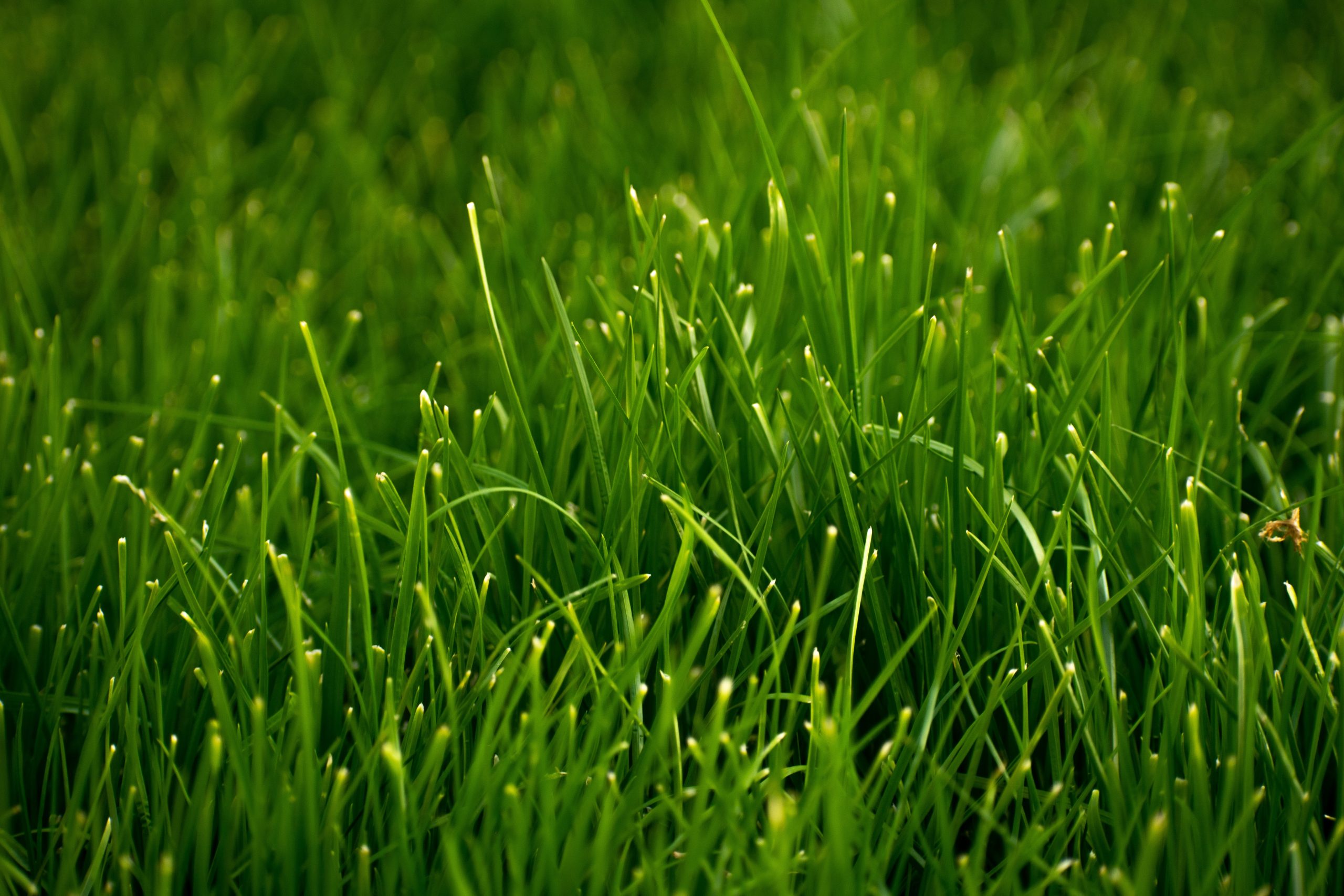
This list seems like a lot to do all on your own, but we’re here to help. If you need assistance getting your yard in tip top shape for spring, we offer yard maintenance at Whispering Springs. Give us a call today at 770-893-1254 or contact us for more information on our yard maintenance services!



